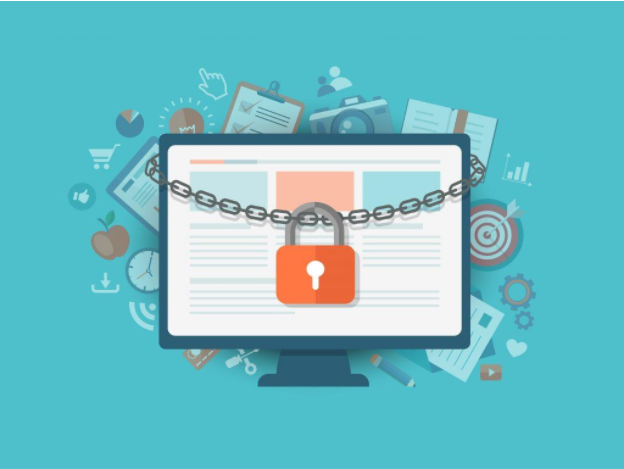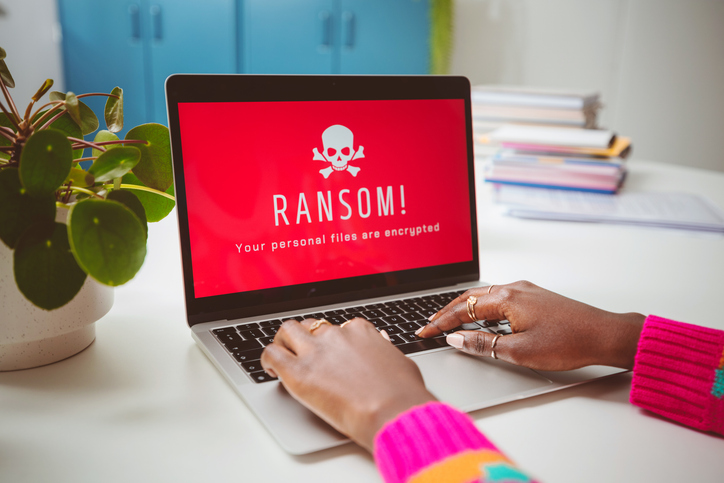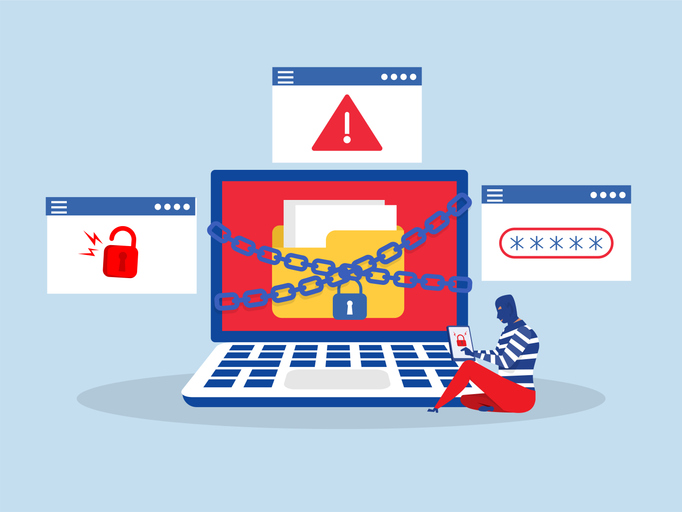The mass majority of bloggers rely on the WordPress content management system.
While this platform is undeniably very safe, hackers have gotten much more effective. If you’ve turned on the television or have thumbed through a newspaper as of late, it is likely you’ve stumbled across one or two stories involving security breaches and hackers.
Unfortunately, even WordPress isn’t 100% safe. As a business owner or blogger that relies solely on WordPress, it is essential to take steps to enhance your blog’s security. Below, are some recommendations for improving your site’s security substantially.
Creating a secure database
It should come as no surprise to know that WordPress needs access to an SQL database. Most people will allow the automated WordPress installer to create a database and this can be slightly risky.
>See also: The Trojan horse: 2017 cyber security trends
Instead, you should take precautions to ensure your database is safe and off limits for hackers. This can be done by creating a specific user with limited access for this purpose. And of course, you will want to make sure you choose a very strong password.
Be sure your newly created database user has access to enough privileges to get the job done, without becoming problematic if compromised.
Change the default admin username
Again, the average SEO blogger will simply utilise the automated installer and this can be problematic. This will normally result in the user sticking with the preconfigured username, which just happens to be admin.
Hackers are well aware of this and using this username will already make the hacker’s job substantially easier.
Change the default admin username to something difficult to guess. You may need to access the database to make the change, but it is well worth the effort.
Use SSL
If you already have SSL enabled for your website, it is absolutely essential to utilise it for your WordPress blog. This can be done fairly simply, by adding a single line of text to your WordPress’s config file. This can help to ensure all important data is sent via an encrypted channel.
This will keep your site safe, while simultaneously protecting your users and giving them additional peace of mind.
Routinely change passwords
Just like how you would secure your home with a deadbolt, you will need to secure your website with a decent password. Once you come up with a password that will be difficult to break, you will need to change it on a routine basis.
Also, if you notice any strange activity on your website, you should immediately change the password, so potential hackers will no longer be able to access the site.
>See also: 10 cyber security trends to look out for in 2017
Avoid common passwords, such as your birth date, dog’s name or your favourite hobby. Instead choose complex passwords, with a variety of letters and digits.
Updates plugins
Security companies cannot stress the importance of keeping your website updated.
Insecure software will put your site at risk of a security breach, which could have been avoided with routine updates.
Be sure to update all the plugins and content management software, as soon as you discover an update is available.
By doing your part to protect your website from a security breech, you will be protecting your personal interests, along with preventing a major financial loss.
Back up your data
Every website is at a risk of a security breach, even though the Webmaster follows the recommendations of a high security company.
This is why it is crucial to back up your data on a routine basis. Do not store the backup on your web server, because this is a huge security risk.






